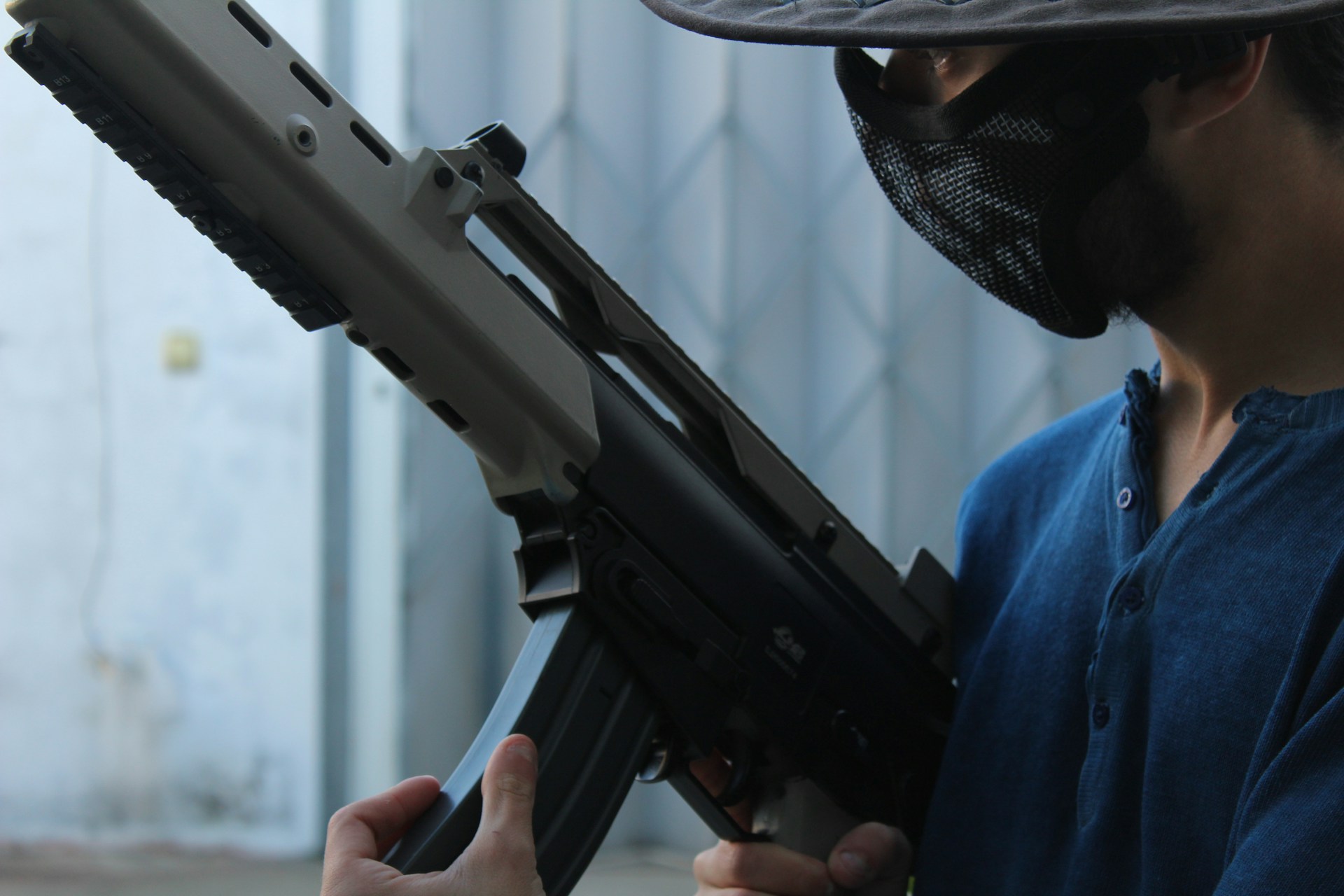Gun ownership comes with a significant amount of responsibility, and ensuring safety should always be a top priority. Whether you are a new gun owner or an experienced shooter, understanding and mastering the four fundamental rules of gun safety is crucial. These rules serve as the foundation for responsible gun handling and help prevent accidents and injuries. In this blog post, we will delve into each of the four rules of gun safety, providing practical tips and insights to help you become a safe and responsible gun owner.
Rule 1: Treat Every Gun as If It’s Loaded
The first and most important rule of gun safety is to treat every firearm as if it is loaded, regardless of whether you believe it to be unloaded. This mindset ensures that you handle firearms with the utmost caution and respect, reducing the risk of accidental discharge.
Tips for Mastering Rule 1:
- Always Check the Firearm: When you pick up a firearm, the first thing you should do is check to see if it is loaded. Open the action and visually inspect the chamber and magazine to ensure there is no ammunition present.
- Assume It’s Loaded: Even if someone hands you a firearm and assures you it is unloaded, always treat it as if it is loaded. This habit reinforces safe handling practices and helps prevent complacency.
- Educate Others: When introducing someone to firearms, emphasize the importance of this rule. Teach them to always treat guns with respect and caution, regardless of their presumed status.
Rule 2: Never Point a Gun at Anything You Are Not Willing to Destroy
The second rule of gun safety is to never point a firearm at anything you are not willing to destroy. This rule is often referred to as “muzzle discipline” and is essential for preventing accidental injuries and damage.
Tips for Mastering Rule 2:
- Be Aware of Your Muzzle: Always be conscious of where your firearm’s muzzle is pointed. Ensure that it is directed in a safe direction, away from people, animals, and valuable property.
- Safe Directions: Identify safe directions for pointing your firearm in different environments. A safe direction typically means pointing the firearm toward the ground or a designated backstop that can safely absorb a bullet.
- Practice Muzzle Discipline: Regularly practice muzzle discipline by consciously directing the firearm in a safe direction during handling, loading, unloading, and cleaning. This habit will become second nature with consistent practice.
Rule 3: Keep Your Finger Off the Trigger Until You Are Ready to Shoot
The third rule of gun safety is to keep your finger off the trigger until you are ready to shoot. Accidental discharges can occur when fingers are placed on the trigger prematurely, so it’s crucial to maintain proper trigger discipline.
Tips for Mastering Rule 3:
- Finger Placement: When handling a firearm, keep your finger straight and off the trigger, resting it along the frame or slide. This position ensures that your finger does not inadvertently touch the trigger.
- Practice Safe Handling: During practice sessions, make a conscious effort to keep your finger off the trigger until you are ready to take a shot. This habit will help reinforce proper trigger discipline.
- Teach Others: When instructing others in firearm safety, emphasize the importance of keeping their finger off the trigger until they are prepared to fire. Demonstrate proper finger placement and handling techniques.
Rule 4: Be Sure of Your Target and What’s Beyond It
The fourth rule of gun safety is to be sure of your target and what’s beyond it. This rule emphasizes the importance of identifying your target and understanding what lies beyond it to prevent unintended damage or injury.
Tips for Mastering Rule 4:
- Identify Your Target: Before taking a shot, positively identify your target. Ensure that you know what you are aiming at and that it is safe and appropriate to shoot.
- Know What’s Beyond: Consider what lies beyond your target. Bullets can travel significant distances and penetrate objects, so it’s essential to ensure that there is a safe backstop or barrier to absorb the bullet.
- Practice Situational Awareness: Develop situational awareness by assessing your surroundings and potential hazards. In real-world scenarios, ensure that you have a clear and safe field of fire before pulling the trigger.
Additional Safety Tips
While the four fundamental rules of gun safety are paramount, there are additional safety practices that can further enhance your responsible gun handling:
- Regular Training: Consistent training and practice are essential for maintaining and improving your firearm skills. Attend firearm safety courses, practice at shooting ranges, and stay updated on best practices.
- Safe Storage: Properly store your firearms to prevent unauthorized access. Use gun safes, lockboxes, and trigger locks to secure your firearms when not in use.
- Use the Right Ammunition: Always use the correct ammunition for your firearm. Check the manufacturer’s recommendations and ensure that the ammunition is in good condition.
- Maintain Your Firearm: Regularly clean and inspect your firearm to ensure it is in proper working condition. Follow the manufacturer’s guidelines for maintenance and seek professional assistance if needed.
- Stay Informed: Stay informed about local laws and regulations regarding firearm ownership and use. Understanding and complying with these laws is crucial for responsible gun ownership.
Mastering the four rules of gun safety is essential for every gun owner. By treating every firearm as if it’s loaded, never pointing a gun at anything you’re not willing to destroy, keeping your finger off the trigger until you’re ready to shoot, and being sure of your target and what’s beyond it, you can ensure safe and responsible gun handling.


Leave a Reply